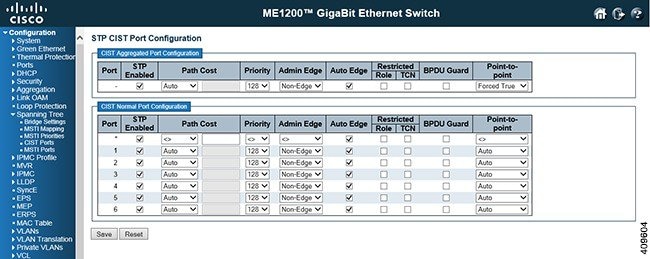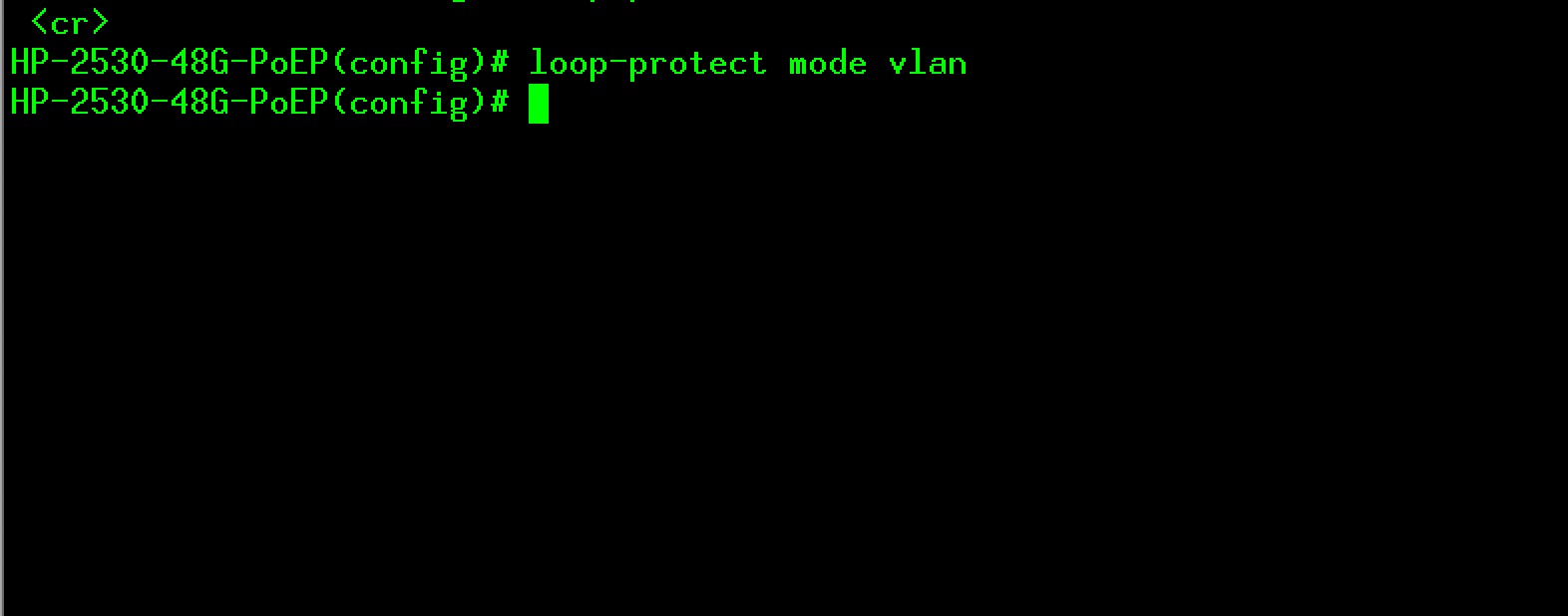- Spanning Tree Admin Edge Port Sanilac
- Spanning-tree 7 Admin-edge-port
- Spanning Tree Admin Edge Port Washington
- Spanning-tree Admin-edge-port
- Spanning Tree Algorithm Example

You'll need a good map of your topology to debug this one. First thing I'd look for is 'depth' of the tree branches. BPDUs go just so far and then stop - otherwise they'd try to optimize the entire universe and start constant re-negotiation. Sounds a little like what you've got.
Next thing I'd do is manually eliminate redundant paths one at a time. If the changes stop at some point, you've found the flapping connection.
Spanning Tree Priority. If you have a multiple spanning tree instance (MSTI 0, also known as a common spanning tree, or CST), you can set the tree priority for a bridge. The bridge with the lowest priority is elected the root bridge. The priority must be a number between 0 and 61440, and must be a multiple of 4096. The default is 32768. HP-Switch (Config)#spanning-tree a1 admin-edge-port (Makes a1 an admin edge port. Used for connected to end devices) HP-Switch (Config)#no spanning-tree a1 admin-edge-port (Makes a1 a non-admin edge port. Used for connections to switches). Spanning-tree port type edge To configure an interface connected to a host as an edge port, which automatically transitions the port to the spanning tree forwarding state without passing through the blocking or learning states, use the spanning-tree port type edge command.
Spanning Tree Admin Edge Port Sanilac
While I was waiting, I'd go over the configs in detail. Look for misconfigured ports (STP disabled by mistake) and things like that.
Syntax
Description


Sets the STP port type for the interface.
Port types include: admin-edge and admin-network.
The no form of the command sets the port type to the default of admin-network.
Spanning-tree 7 Admin-edge-port
Command context
config-if
Parameters

admin-edgeSpecifies the port type as administrative edge. During spanning tree establishment, ports with admin-edge enabled transition immediately to the forwarding state.
admin-networkSpecifies the port type as administrative network. When this option is selected, the port looks for BPDUs for the first 3 seconds. If there are none, the port is classified as an edge port and immediately starts forwarding packets. If BPDUs are seen on the port, the port is classified as a non-edge port and normal STP operation commences on that port.
Authority
Administrators or local user group members with execution rights for this command.
Examples
Setting the port type to admin-edge on interface 1/1/1:
Spanning Tree Admin Edge Port Washington
Setting the port type to admin-network on interface 1/1/1:
Spanning-tree Admin-edge-port

Spanning Tree Algorithm Example
Setting the port type to the default of admin-network on interface 1/1/1: